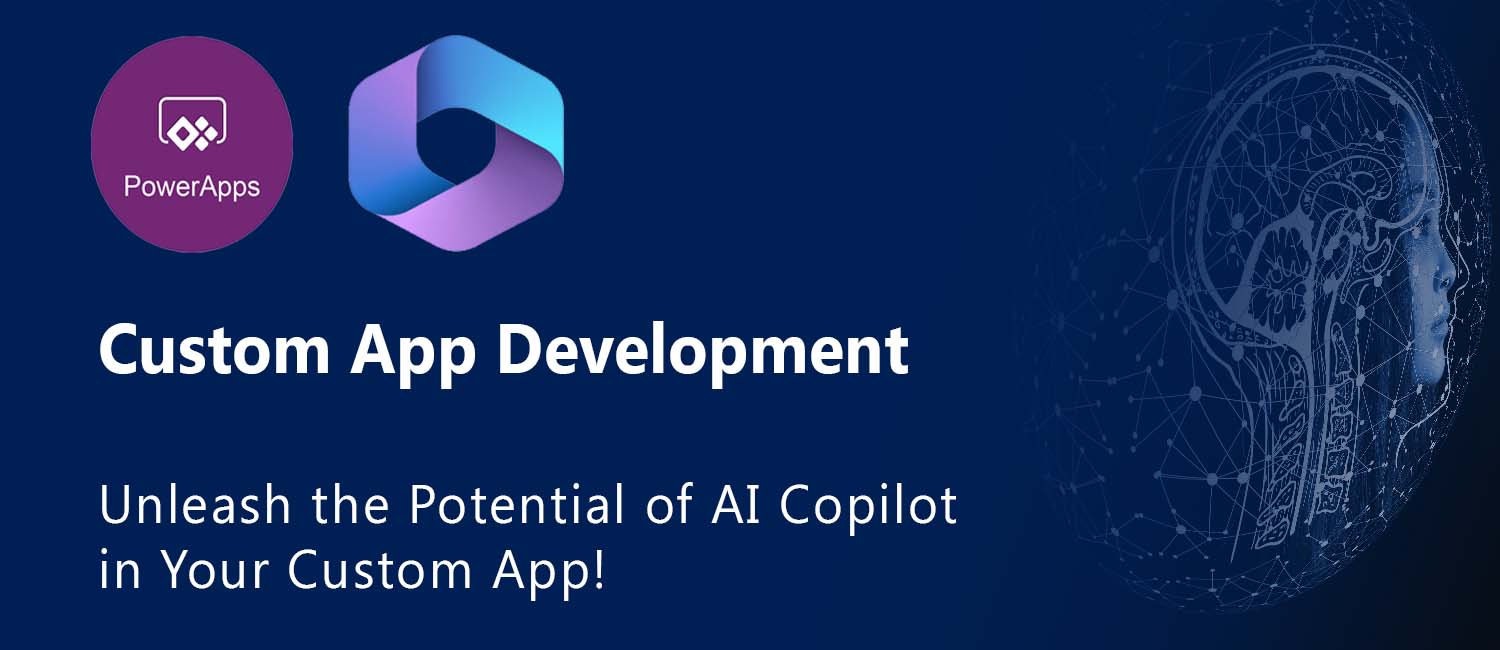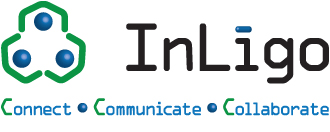
Unleashing the Potential of AI Copilot: Discuss the capabilities of AI Copilot within the custom app.
AI Copilot is a new feature in Microsoft 365 that combines the power of large language models (LLMs) with your data in the Microsoft Graph to turn your words into actions. AI Copilot can help you create, edit, summarize, and generate content across various Microsoft 365 apps, such as Word, Excel, PowerPoint, Outlook, Teams, and more. AI Copilot can also help you improve your skills and productivity by providing suggestions, feedback, and insights.
- But what if you want to use AI Copilot within your own custom app?
- What if you want to leverage the power of AI Copilot to enhance your app’s functionality and user experience?
In this blog post, we will discuss how you can use AI Copilot within the custom app using the Microsoft Power Platform.
InLigo’s Free Secure Score is a powerful tool that can help safeguard your company from potential cyber threats. By assessing your current security posture and identifying areas of vulnerability, this tool provides valuable insights and recommendations for improving your organization’s overall security.
With InLigo’s Free Secure Score, you can proactively take steps to protect your company’s data and assets, ensuring peace of mind for you and your customers.
What is the Microsoft Power Platform?
The Microsoft Power Platform is a suite of low-code tools that enable users to build custom apps, automate workflows, analyze data, and create virtual agents. The Power Platform consists of four main components:
- Power Apps: A tool that lets you build custom apps for web and mobile devices using a drag-and-drop interface and pre-built templates. You can connect your apps to various data sources, such as SharePoint, Excel, Dynamics 365, or Azure SQL Database. You can also extend your apps with custom logic using Power Fx, a low-code expression language based on Excel formulas.
- Power Automate: A tool that lets you automate business processes and workflows using triggers and actions. You can connect your workflows to various services, such as Outlook, OneDrive, Twitter, or Gmail. You can also use AI Builder, a feature that lets you add AI capabilities to your workflows, such as sentiment analysis, text recognition, or form processing.
- Power BI: A tool that lets you create interactive dashboards and reports using data from various sources, such as Excel, SQL Server, or Dynamics 365. You can visualize your data using charts, maps, tables, or gauges. You can also use AI features, such as Q&A, Quick Insights, or Smart Narratives, to get answers and insights from your data.
- Power Virtual Agents: A tool that lets you create chatbots that can interact with your customers or employees using natural language. You can design your chatbot’s conversations using a graphical interface and pre-built topics. You can also connect your chatbot to various services, such as Teams, Outlook, or Dynamics 365.
The Power Platform also integrates with other Microsoft products and services, such as Azure, GitHub, Visual Studio Code, or Microsoft 365. This enables you to leverage the full potential of the Microsoft cloud ecosystem for your app development and deployment.
How to use AI Copilot within the custom app?
One of the ways you can use AI Copilot within the custom app is by using Power Apps. Power Apps lets you build custom apps that can leverage the power of AI Copilot to create and generate content based on natural language prompts. For example, you can use AI Copilot to:
- Create a draft email based on a subject line and a recipient name
- Generate a summary of a document or a webpage
- Write a blog post based on a title and a keyword
- Create a PowerPoint presentation based on an outline
- Generate a table or a chart based on a data source
To use AI Copilot within the custom app using Power Apps, you need to follow these steps:
- Create a new canvas app in Power Apps Studio.
- Add an input control (such as a text input or a drop-down) to your app screen where users can enter their natural language prompts.
- Add an output control (such as a label or an HTML text) to your app screen where users can see the generated content from AI Copilot.
- Add a button control to your app screen where users can trigger the generation process.
- Select the button control and go to the OnSelect property in the formula bar.
- Enter the following formula: Set(outputVar, AI Copilot. Generate(inputVar)), where outputVar is the name of the variable that stores the generated content from AI Copilot and inputVar is the name of the variable that stores the natural language prompt from the user input control.
- Select the output control and go to the Text property in the formula bar.
- Enter the following formula: outputVar, where outputVar is the name of the variable that stores the generated content from AI Copilot.
- Save and test your app.
What are the benefits of using AI Copilot within the custom app?
Using AI Copilot within the custom app can bring many benefits to your app development and user experience, such as:
- Enhancing your app’s functionality and value by adding AI-powered content creation and generation capabilities.
- Improving your app’s user experience and engagement by providing users with a natural and intuitive way to interact with your app using natural language.
- Saving your app’s development time and resources by leveraging the power of AI Copilot and the Microsoft Graph without requiring complex coding or development skills.
- Increasing your app’s scalability and performance by using the cloud-based AI Copilot service that can handle large volumes of requests and data.
What are the limitations and challenges of using AI Copilot within the custom app?
Using AI Copilot within the custom app can also pose some limitations and challenges, such as:
- Depending on the availability and reliability of the AI Copilot service, which may not always be accessible or accurate.
- Requiring an internet connection and a Microsoft 365 subscription to use the AI Copilot service.
- Ensuring the security and privacy of your app’s data and content, especially when using sensitive or confidential information.
- Managing the quality and relevance of the generated content from AI Copilot, which may not always meet your app’s expectations or requirements.
Conclusion
AI Copilot is a new feature in Microsoft 365 that can help you create, edit, summarize, and generate content across various Microsoft 365 apps using natural language prompts. You can also use AI Copilot within your own custom app using the Microsoft Power Platform, especially Power Apps. This can help you enhance your app’s functionality and user experience by adding AI-powered content creation and generation capabilities. However, you also need to be aware of the limitations and challenges of using AI Copilot within your custom app, such as the availability, reliability, security, privacy, and quality of the AI Copilot service.
We hope this blog post has given you an overview of how you can use AI Copilot within your custom app using Power Apps.
Learn more about seamless CRM Integrations with Microsoft Dynamics 365.

